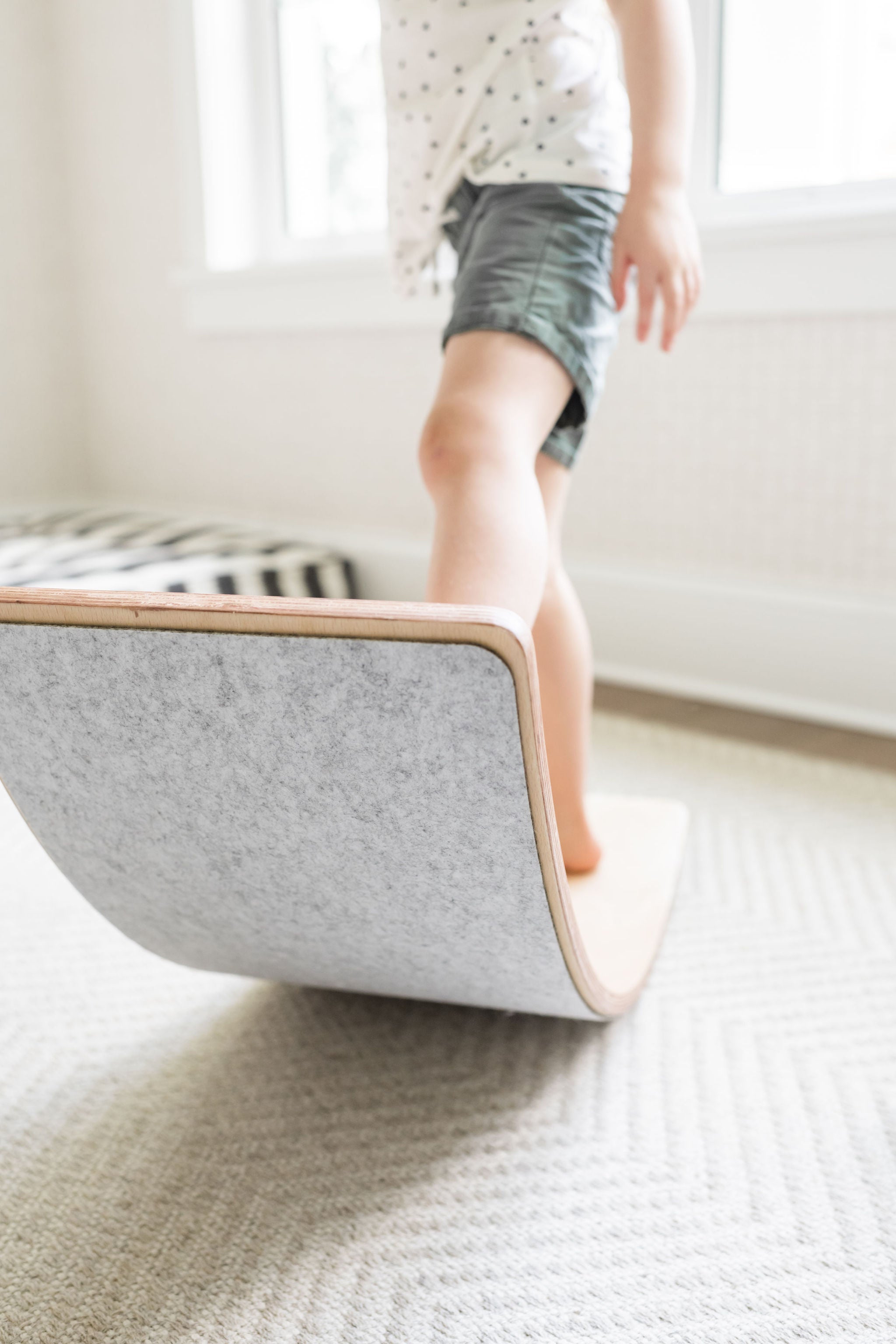Balance Board for Kids: Build Strength, Balance, and Focus

A balance board for kids is a simple yet effective tool that supports active play and physical development. Whether used at home, school, or in therapy, it helps children work on balance, coordination, and core strength. Many parents and teachers like it because it’s fun, safe, and encourages movement without screens or batteries.
What Is a Balance Board for Kids?
A balance board is a flat platform placed on a curved or unstable base. The goal is for kids to stand on it and stay upright while it moves slightly under them. This small challenge builds muscle and balance. Some boards gently rock from side to side, while others allow full 360-degree movement.
There are many kinds of balance boards. Some are made of wood, others of plastic. Some have rubber grips or textured surfaces for safety. What they all share is the ability to help children stay active and improve body control in a fun and natural way.
Why Use a Balance Board?
Strengthens the Body
Using a balance board works the legs, back, and core muscles. These muscles help with walking, standing, and even sitting upright at a desk. Strong core muscles also support better posture and reduce fatigue during school activities.
Improves Balance and Coordination
Balance is a key part of many everyday skills. From climbing stairs to riding a bike, children rely on balance and coordination. A balance board for kids strengthens these skills by challenging the body to stay steady while moving. Over time, this improves control and stability.
Encourages Movement
Getting kids to move more can be hard, especially with so many screen-based activities around. Balance boards offer a fun way to stay active indoors or outdoors. Kids can rock, spin, or use the board as part of a game. Some even include balance challenges to make it more exciting.
Supports Sensory Needs
Some children, especially those with sensory processing needs, may benefit from using a balance board. The gentle motion can help them feel calm and focused. Occupational therapists often use balance boards to help with sensory regulation and motor planning.
Aids Focus and Attention
Movement can help some kids concentrate better. For example, standing on a balance board while reading or solving a puzzle gives them a physical outlet while they focus mentally. This can be helpful for children who struggle with sitting still for long periods.
Types of Balance Boards for Kids
Wobble Boards
These have a rounded bottom, which allows movement in all directions. They are a bit more advanced and suitable for kids who enjoy a challenge.
Rocker Boards
These have a curved base that rocks back and forth, making them ideal for beginners or younger kids. The movement is gentle and easier to control.
Curved Wooden Boards
Also called Montessori or Waldorf boards, these can be used in many creative ways. Kids can stand on them, slide them, or use them as bridges, ramps, or seats.
Inflatable Boards
These are soft and filled with air, offering a cushioned surface. They’re great for younger kids or those who need low-impact movement.
Combo Boards
Some balance boards come with attachments or accessories to switch between wobble and rocker modes. These are good for kids of different ages in the same household.
How to Use a Balance Board Safely
Place it on a non-slip surface like a rug or mat
Supervise younger children during use
Make sure kids wear grippy socks or go barefoot
Keep other toys or furniture away from the board’s path
Start with short sessions and increase time gradually
Always check the board’s weight limit and age range to make sure it’s the right fit for your child. Some boards are designed for toddlers, while others are better for older children.
Fun Ways to Use a Balance Board
Balance boards can be part of play, learning, or even exercise routines. Here are some simple ideas:
Rock while listening to music or a story
Use it as a ramp for toy cars or figures
Practice standing on one foot for extra challenge
Play balance games using a timer
Include it in obstacle courses
Try simple yoga poses while balancing
These activities can be done indoors with little space, making balance boards a great option for small homes or classrooms.
How to Choose the Right Balance Board
When shopping for a balance board for kids, consider the following:
Material: Wood is strong and eco-friendly. Plastic is lightweight and often more colorful.
Size: Make sure the board is wide enough for your child’s feet.
Weight Limit: Always check if it supports your child’s weight.
Grip Surface: Boards with textured or rubber surfaces are safer.
Versatility: Some boards can be used in many ways, standing, sitting, rocking, or even sliding.
Look for balance boards with good reviews and safety features. Some brands also offer beginner kits with activity cards or routines.
Where to Use a Balance Board
You can use a balance board in many settings:
At home: Great for playrooms, bedrooms, or even living rooms
In schools: Used during break times or as part of classroom movement breaks
In therapy: Often used by occupational therapists
Outdoors: On flat, safe ground with supervision
During home workouts: Parents and kids can use them together for family exercise
A balance board for kids is more than just a toy. It helps build strength, balance, and coordination while making movement fun. With the right choice and safe setup, kids can enjoy hours of healthy activity every day.